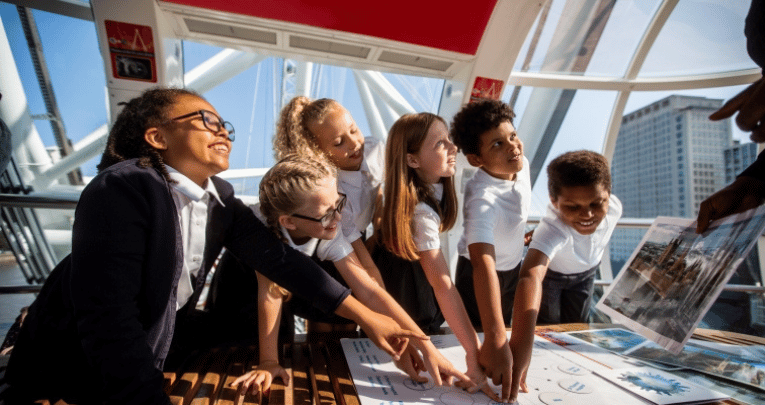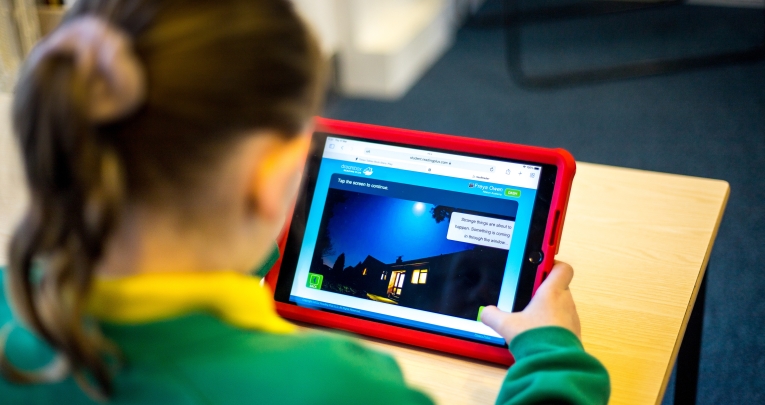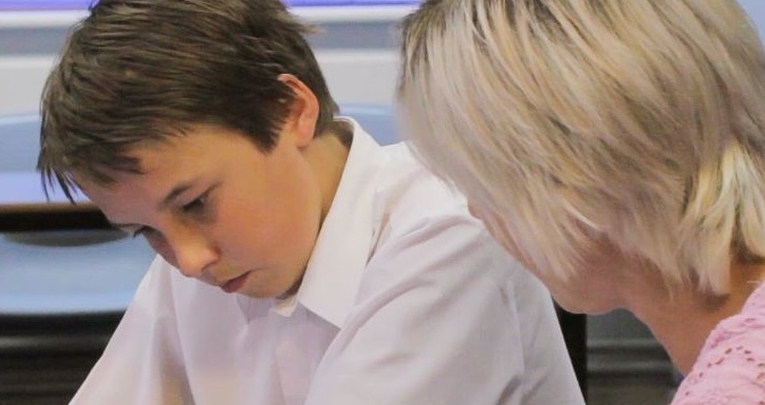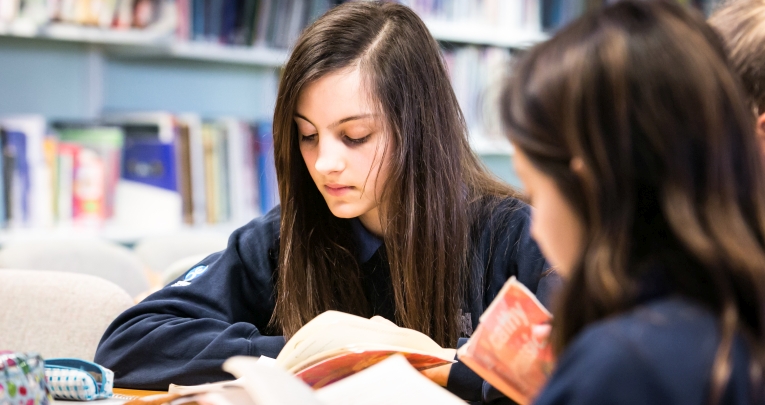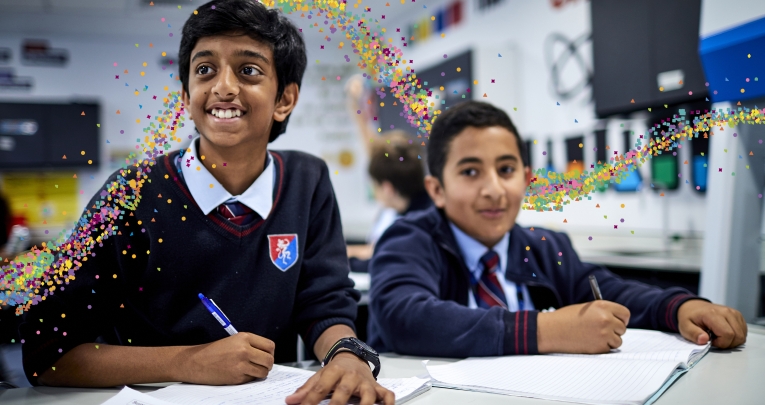The best providers of educational visits will repay your investment of time and money with fantastic learning opportunities and brilliant ways to boost pupils’ cultural capital, as Teachwire explains…
Building students’ cultural capital in education is a key part of giving them a broader understanding of the world around them. Not only does it help to contextualise their learning, it also allows them to engage and make connections with other, wider, more complex ideas.
Because it’s widely accepted that a learner’s level of cultural capital is a huge factor in their academic success, Ofsted have made specific reference to the concept in recent frameworks, meaning it’s something that all schools must address.
But what can teachers do in practice to boost their learners’ supply of the “essential knowledge” they need to succeed?
Well, a sure-fire way is to offer a plethora of opportunities for students to experience new things – things that broaden their understanding of the world around them.
Some of this can be done in school, but it’s pretty obvious that if we want children to really see, hear, and feel some of these things, they will need to go further afield.
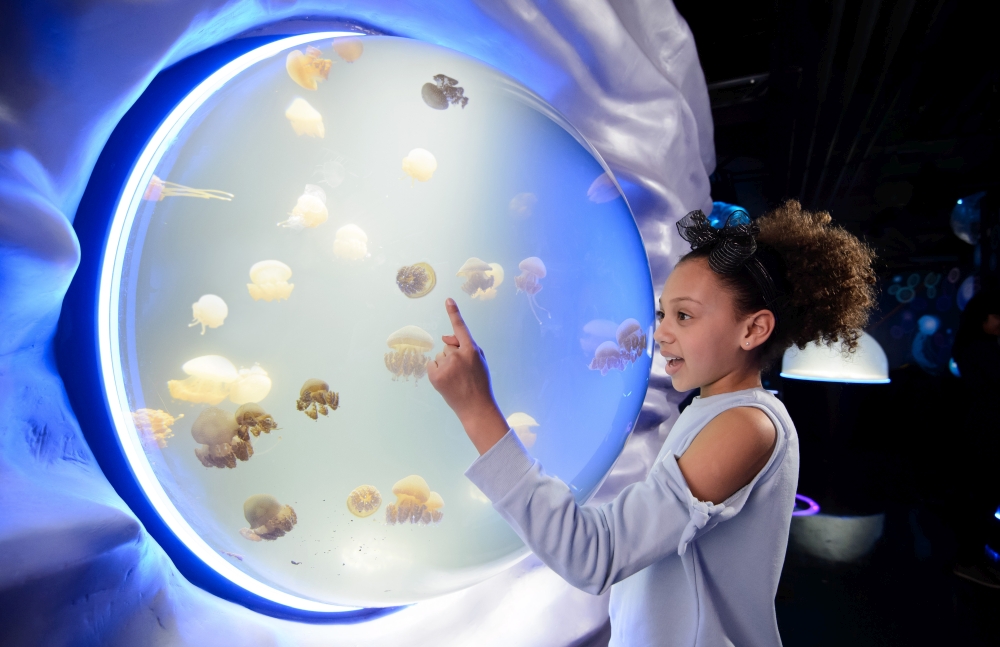
The value of school trips
School trips can be costly and time-consuming, so if you’re planning one to build students’ understanding of a topic or idea, you want to know that you’re getting your money’s (and time’s) worth.
There are a host of London attractions offering teachers a wealth of memorable educational visit options that cater to a range of curriculum areas and learning objectives and elevate learning beyond the classroom.
Not only do these locations boast some truly memorable experiences, they’re also full of learning opportunities that directly correlate with what’s being taught in schools.
Take SEA LIFE London, for example. Not only does a visit there strengthen students’ understanding of concepts linked to science and geography, it also helps children understand the pressing sociological and ecological issues facing humans and their relationship with the sea and all the creatures within.
If we reflect on the wider impact of this, it’s clear that learners who experience such stimulus will be able to make more informed decisions and think more critically having seen these concepts in place outside the classroom.
We can teach students about the impact of polluting the sea, but until they see how this directly impacts sea life (literally at their fingertips), they naturally feel a detachment from it. School groups visiting SEA LIFE encounter marine creatures they’ve never seen before and see first-hand how they interact in their habitats.
This is what builds cultural capital in education; this is what takes learners’ understanding to the next level.
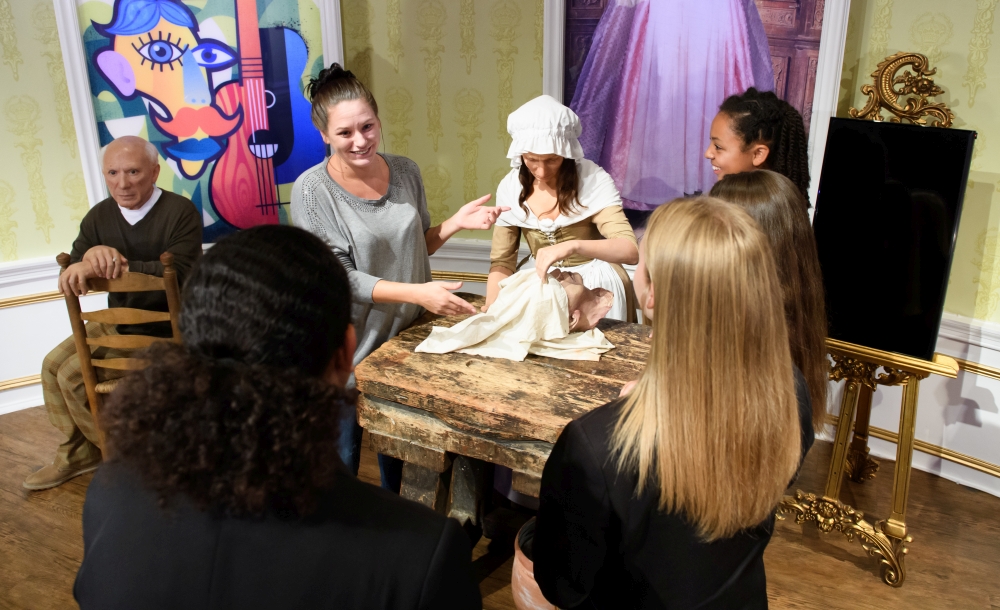
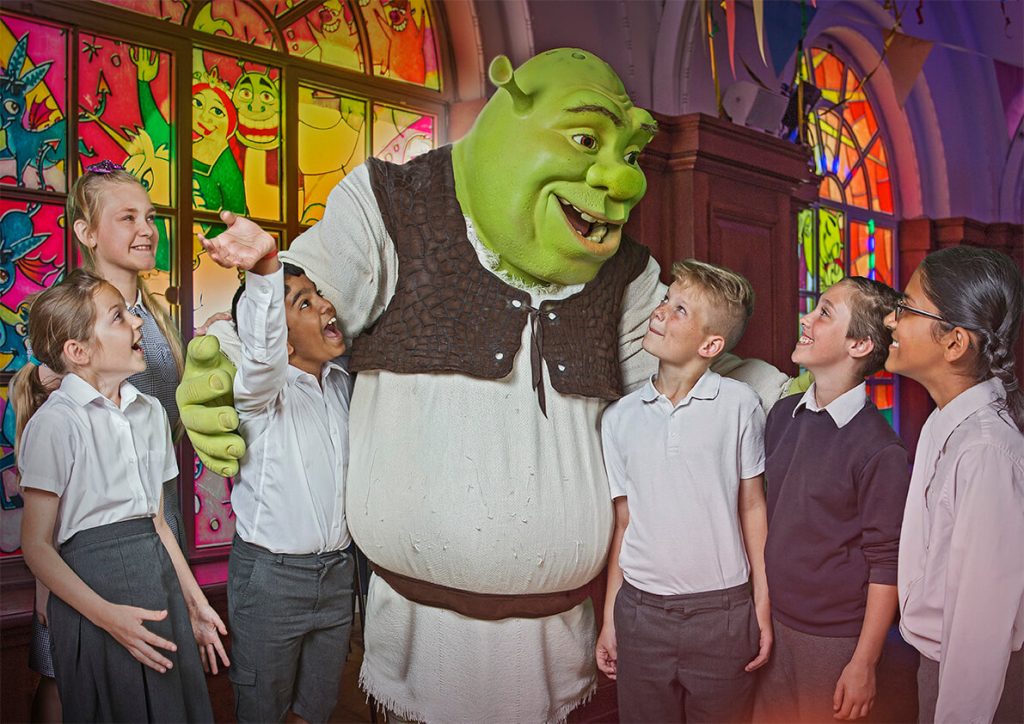
First-hand experiences
We often expect students to write and verbalise ideas about concepts they’ve never experienced, but this can be a real struggle when they’ve never seen, heard, or felt the thing they’re talking about.
For example, how can they write about Victorian London having only seen a few pictures or create a piece of work around urbanisation having never seen a city?
This may seem like an overstretch, but you’d be astounded at how many children in rural schools have never been to a big city, yet we expect them to just “get it” when we ask them to synthesise concepts we’ve taught into pieces of work.
Immersive learning
Now flip this on its head and consider the value of exposing children to these things.
How much more will they be able to engage with the topic? How much more will they enjoy what they are learning about? How much better might their outcomes be?
Merlin Entertainments offers numerous attractions that offer such educational experiences, all of which really boost students’ cultural capital and their wider understanding of the application of their learning in the real world. All are packed with learning that directly correlates with concepts taught in the classroom.
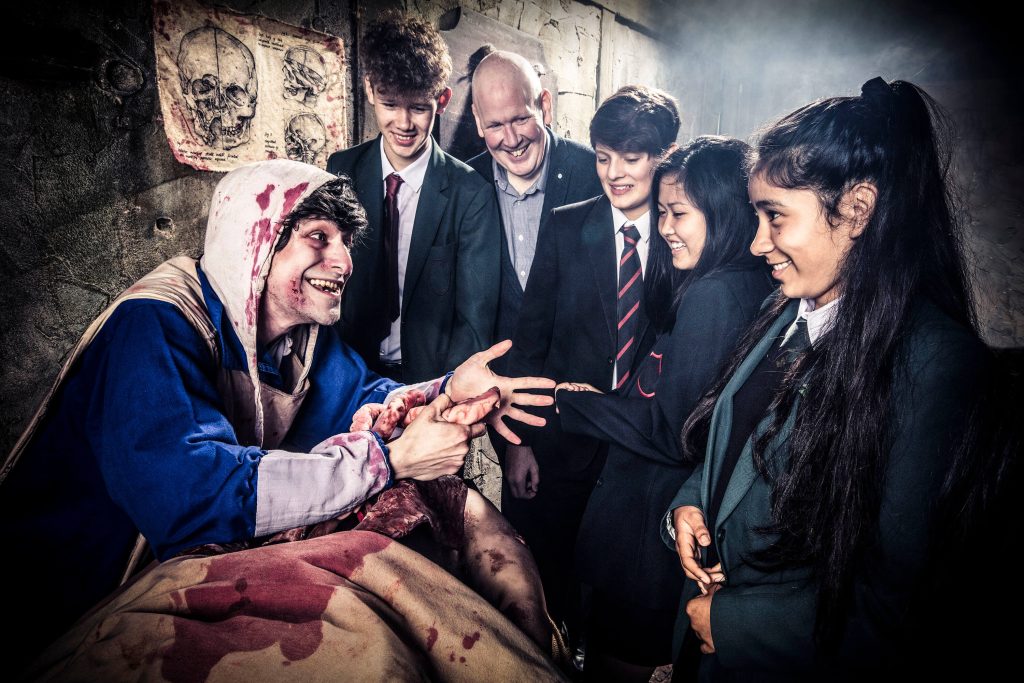
For example, at the London Dungeon, the capital’s history is brought to life through immersive live storytelling, while at Madame Tussauds London, students are given the chance to mingle with cultural icons, music legends and more.
The London Eye literally offers a new perspective as children investigate London’s skyline from a viewpoint they’ve never had before. And at Shrek’s Adventure! London, students step into a live fairytale and experience story construction first-hand.
Each attraction offers a range of curriculum-linked resources, designed for pre- and post-visit, that teachers can download for free, making the links even smoother between in-school work and what takes place on the trip.
Cultural capital in education is about so much more than just taking students to the theatre to see a play.
If you’re serious about expanding your students’ minds and getting them to think more laterally about their learning, it’s well worth looking at trip providers and attractions that go that extra mile.





